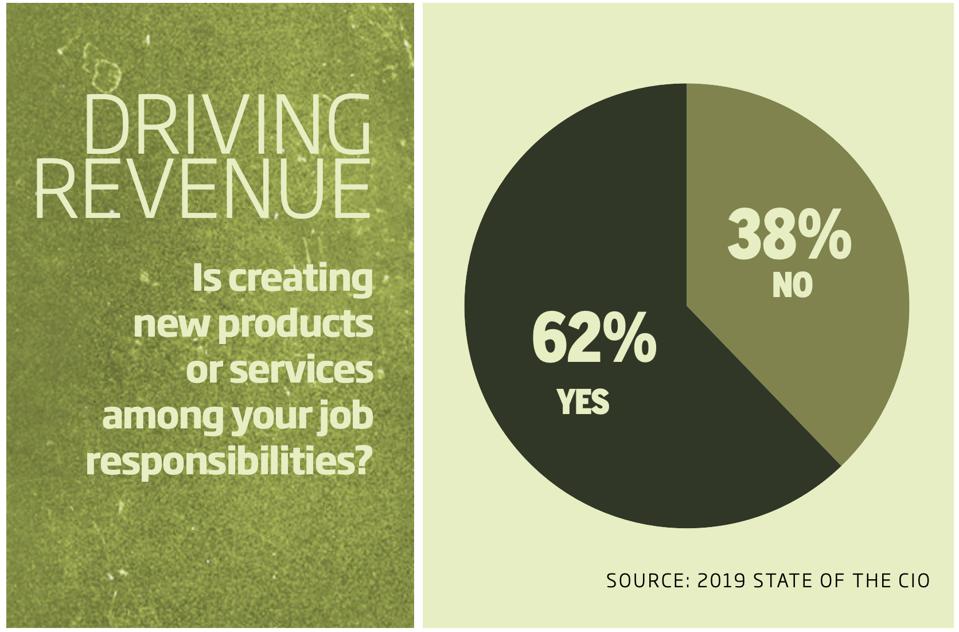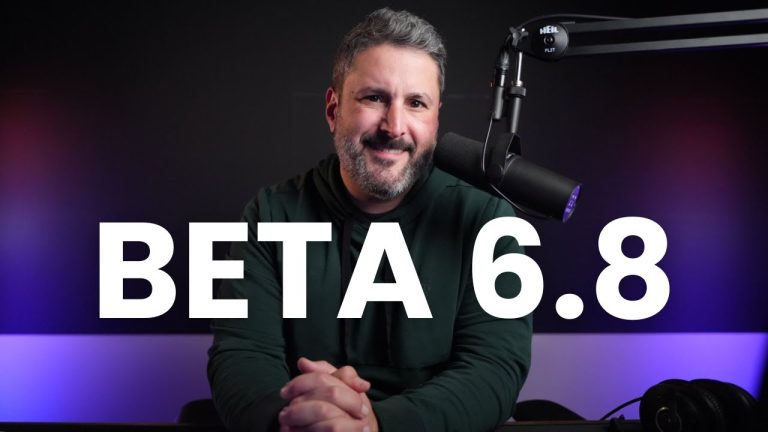Widespread internet access shaped the 1990s. The smartphone defined the last decade. Now, the cloud is having a similarly powerful impact and becoming the defining technology of our times, providing the computational and analytical power to transform customer service, marketing, commerce, transportation, exploration, medicine, and government services.

CTOs and CIOs in every sector need to transcend traditional role definitions to drive new partnerships both across internal functions and outside their four walls—and that means technical leaders within enterprise IT providers must significantly evolve as well.
Getty
But the mere adoption of new technologies does not magically produce transformational business results. Digital transformation is not simply a matter of migrating to the cloud. Success demands a significant rethink of CIO and CTO responsibilities, with the roles defined less by the siloed infrastructure and software curation that have long defined IT, and more by cross-functional strategic mandates to expand revenue, discover new opportunities, and devise new business models.
We in the enterprise tech community must do more than simply develop products that we sell to others—at least if we hope to be great partners and strategic enablers for our customers.
That’s not to say technical responsibilities have disappeared. Just moving applications, services, and workloads to a public cloud can involve navigating processor families, networking topologies, identity integrations, message queuing, data warehousing, analytical tools, and more. Such a move requires a tailored implementation that takes into account hundreds of moving parts across a vast technological landscape and crosses traditional boundaries of IT, engineering, finance, marketing, and sales.
But for today’s IT leaders, technical logistics and system complexity are just the beginning. Technology not only enables business strategies but also, because of the data needed to feed these strategies and the continuous product iteration required to execute them, shapes how the strategies should evolve.
For example, IDG’s 2019 State of the CIO survey finds that 81% of CIOs see their roles expanding to include new responsibilities such as data analytics, operations, business development, customer service, and product development. And 62% say they’re being asked to create new revenue streams. IT leaders report that security management and operations currently occupy much of their time, but that business innovation, strategy, and other cross-functional responsibilities are expected to increasingly dominate their workdays.

According to IDG’s 2019 State of the CIO survey, 62% of CIOs say they’re being asked to create new revenue streams.
IDG
All of this means the daily routine of today’s successful IT leader bears little resemblance to the routine of a few years ago. Gone are the days when the CIO was given an affordability target by the CEO and the board and expected to return weeks or months later with a plan. Likewise, it’s no longer tenable for the CTO and line-of-business leader to work in isolation on a new platform for months or years, only to hit a wall when it has to scale and be integrated into the core IT baseline of the larger organization.
CTOs and CIOs in every sector need to transcend traditional role definitions to drive new partnerships both across internal functions and outside their four walls.
The pace of today’s market necessitates a new, cross-functional approach to business strategy, planning, execution, and learning. And this new approach must be always on and constantly refreshed, like a continuous integration/continuous deployment of business strategy in which technical leaders and business executives work hand in hand.
For these reasons, I believe IT leadership functions must change not only in organizations across the board but specifically within the tech companies helping to enable the cloud and digital transformation strategies of the world’s enterprises. We in the enterprise tech community must do more than simply develop products that we sell to others—at least if we hope to be great partners and strategic enablers for our customers.
A new approach to the CTO function
For the past four years at Google, we’ve experimented with a new approach to the CTO function, called the Office of the CTO (OCTO), that differs significantly from the old ways of doing things.
Most importantly, and unlike the antiquated models in which CTOs work in silos or are merely infrastructure curators, our OCTO is a peer group, a CTO collective, and a mechanism that lets our customers become the CTO.
We focus on three pillars that are typically found in separate functions:
1. Serving as hands-on advisors to the engineering leadership of the world’s top companies
2. Spotting and acting quickly on long-term signals from all industries, geographies, and components of the cloud stack that our platforms and products must address
3. Sharing what we learn internally and externally across people, processes, and technologies
How does this new approach to the CTO function directly benefit customers? Here’s an example: A few years ago, a financial services organization wanted us to help develop a way for their customers to use voice queries to access their account balances. In researching this, we discovered that the organization’s clients just wanted better customer support. They feared that if they didn’t get the information they needed through a voice query, they’d end up in a lengthy and maddening support queue. Those support operations, staffed with thousands of people, cost the company hundreds of millions of dollars a year. Call centers are a major expense and source of customer frustration in many industries, so this inspired us to work on a bigger opportunity.
That opportunity has turned into our Contact Center AI service, which blends machine learning, document and log processing, workflow integration, and much more to provide a full-featured set of customer services that can all be accessed by voice on many different devices.
Our solution takes emerging technology from our internal incubator, known as Area 120, and combines it with sophisticated dialogue modeling, natural language translation, and clustering algorithms from our cloud and research organizations. Contact Center AI is now available to anyone as a foundation for their call centers via an API. Just as important, we have some great partners—such as Salesforce, Avaya, Genesys, and Mitel—who help turn this API into a solution for enterprises globally.
This type of outcome doesn’t happen when you simply ask someone what they want, then later return with a product, documentation, and an API and say, “What do you think?” The OCTO approach transforms the interaction into a bidirectional, creative relationship that explores the core drivers of a business and tunes the technology function to produce breakthrough results.
The cross-functional perspective of the OCTO is a new way of looking at things. I also think it’s the new normal—one that enterprises should expect of their cloud providers and one that technology companies should embrace if they want to help customers focus on transforming their industries. CTOs and CIOs in every sector need to transcend traditional role definitions to drive new partnerships both across internal functions and outside their four walls—and that means technical leaders within enterprise IT providers must significantly evolve as well.
Read more about what will drive future workplaces, from tools to teams. Get Google Cloud’s complete report on the future of work.







